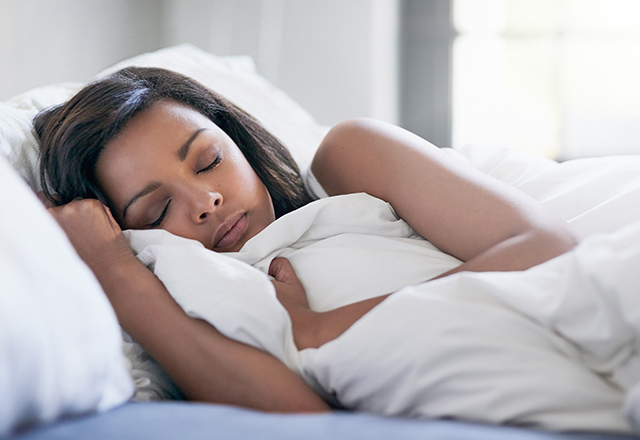Sleep apnea affects millions worldwide, disrupting sleep patterns and posing serious health risGks. Dental devices have emerged as a potential solution, offering an alternative to CPAP machines. However, before delving into their costs and effectiveness, understanding sleep apnea dental devices cost is crucial.
Understanding Sleep Apnea
Sleep apnea is a sleep disorder characterized by interrupted breathing during sleep. It can cause snoring, daytime fatigue, and in severe cases, heart problems. Two primary types exist: obstructive sleep apnea (OSA) and central sleep apnea (CSA). OSA, the most common, involves throat muscles relaxing and blocking the airway. CSA, less common, stems from the brain failing to send signals to muscles responsible for breathing.
What Are Sleep Apnea Dental Devices?
Sleep apnea dental devices, also known as oral appliances, aim to alleviate OSA symptoms by adjusting the position of the jaw and tongue during sleep. They come in various types, such as mandibular advancement devices (MADs) and tongue retaining devices (TRDs). MADs work by moving the lower jaw forward, preventing airway obstruction, while TRDs hold the tongue in place to keep the airway open.
How Effective Are Sleep Apnea Appliances?
The effectiveness of dental devices in treating sleep apnea appliance varies among individuals. For mild to moderate cases, these devices can be highly effective, providing relief from symptoms and improving sleep quality. However, severe cases might still require CPAP (Continuous Positive Airway Pressure) therapy, which uses a machine to deliver pressurized air through a mask.
Factors Influencing Sleep Apnea Appliance Costs
Several factors influence the cost of sleep apnea dental devices. The type of appliance, complexity of the case, and customization needed for a perfect fit all affect the final price. Typically, custom-made devices tend to cost more than standard ones. Additionally, insurance coverage and geographical location play significant roles in determining costs.
Average Costs Of Sleep Apnea Dental Devices
On average, the cost of a sleep apnea dental device ranges from a few hundred to a few thousand dollars. Standard, prefabricated appliances may cost less, starting from $500 to $1,500. Custom-made devices, tailored to fit an individual’s mouth structure, can cost between $1,500 and $3,000 or more.
Are Sleep Apnea Appliances Worth The Cost?
The value of sleep apnea appliances extends beyond their monetary worth. While they may seem expensive, the improvement in sleep quality and reduction in health risks justify their cost for many individuals. Additionally, compared to CPAP machines, some find these devices more comfortable and easier to use, increasing compliance and long-term benefits.
Considerations Before Purchasing Sleep Apnea Dental Devices
Before investing in a sleep apnea dental device, several considerations should be taken into account:
- Consultation With A Specialist: Seek guidance from a sleep specialist or a dentist specializing in sleep apnea. They can assess the severity of the condition and recommend the most suitable treatment.
- Insurance Coverage: Check with your insurance provider regarding coverage for these devices. Some plans may partially or fully cover the cost, reducing the financial burden.
- Comfort And Compliance: Test different devices to find one that is comfortable and doesn’t interfere with your sleep. Compliance with regular usage is crucial for effective treatment.
- Follow-Up And Adjustments: Periodic follow-ups are essential to ensure the device continues to work effectively. Adjustments might be needed for optimal results.
Conclusion
Sleep apnea dental devices offer a promising solution for managing obstructive sleep apnea. While the cost of these appliances can vary, their effectiveness in improving sleep quality and reducing health risks makes them a worthwhile investment for many individuals. Consulting with specialists, considering insurance coverage, and prioritizing comfort and compliance are vital steps in deciding if these devices are the right choice for treating sleep apnea.


